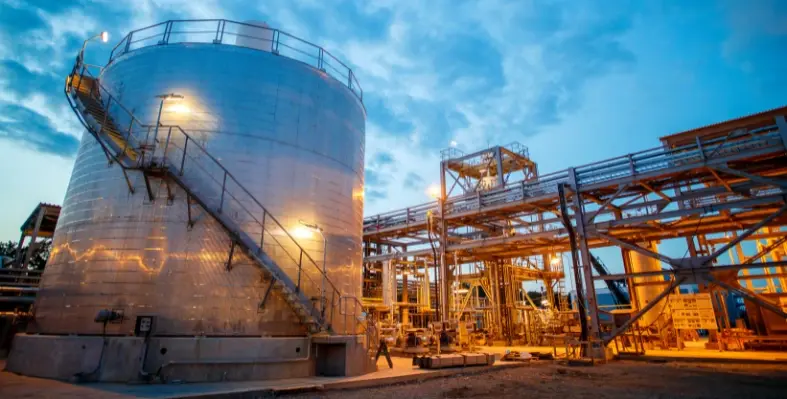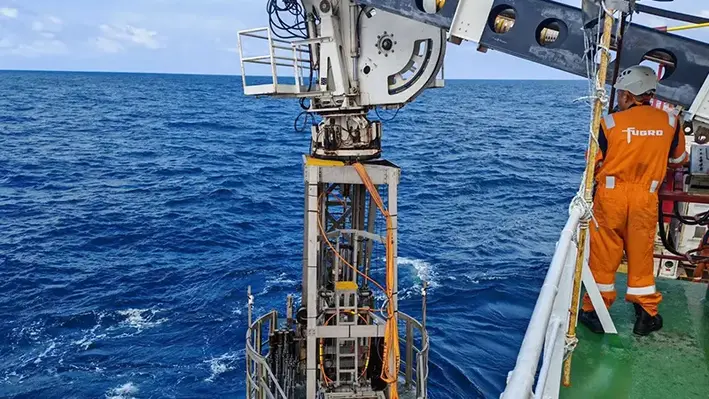
The decommissioning of offshore fields is no longer the final chapter in their lifecycle. Increasingly, these sites are being repurposed for carbon capture and storage (CCS), a key strategy in the global push to achieve net zero emissions by 2050.
By utilising depleted fields to store CO₂ beneath the seabed, operators can transform non-productive assets into environmental solutions, aligning with international climate commitments.
The International Energy Agency (IEA) highlights CCS as a crucial tool for reducing emissions from existing energy infrastructure, decarbonising hard-to-abate industries, and facilitating low-carbon hydrogen production. The technology has long been linked to enhanced oil recovery (EOR), with operators injecting CO₂ into reservoirs to boost extraction rates—a practice dating back to the 1970s.
CCS growth
Despite growing interest, the CCS sector faces economic and technical hurdles. The IEA reported a 35% increase in announced capture capacity and a 70% rise in storage capacity in 2023, bringing projected CO₂ capture to 435 million tonnes annually by 2030.
However, this remains well below the 1 gigatonne required to meet net zero targets. Analysts at Rystad Energy warn that many announced projects may not materialise due to economic feasibility concerns, a common critique of CCS. Additionally, the Center for International Environmental Law (CIEL) notes that many past projects have faced operational challenges or failures.
Nevertheless, government incentives are spurring investment. In the US, the Inflation Reduction Act of 2022 expanded the 45Q tax credit, offering US$85 per tonne of CO₂ permanently stored and US$60 per tonne for EOR, attracting new investors and developers to the sector.
“The sector is on the verge of a breakthrough,” said Benn Cannell, innovation director at Aquaterra Energy. “Trailblazing companies are now going through the steps needed to deliver CCS at scale.” As more projects move forward, the industry’s success will hinge on advancing technology, securing financial backing, and overcoming operational setbacks.




